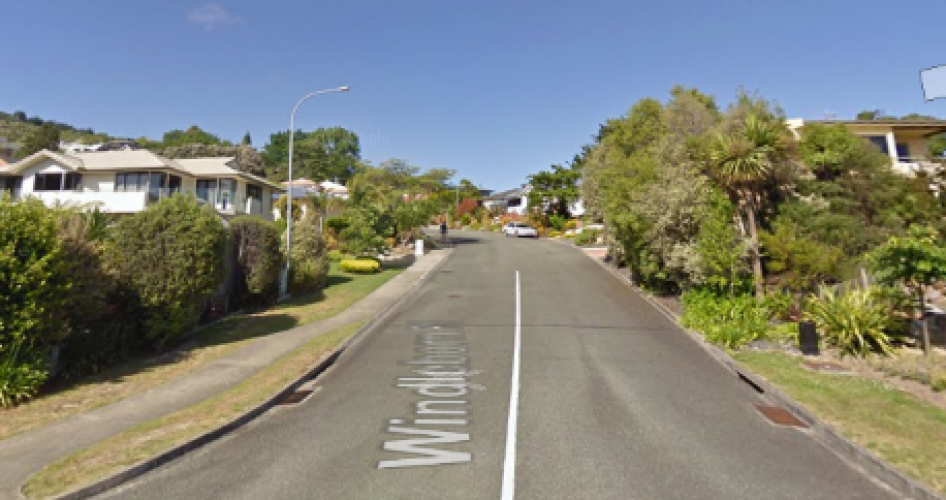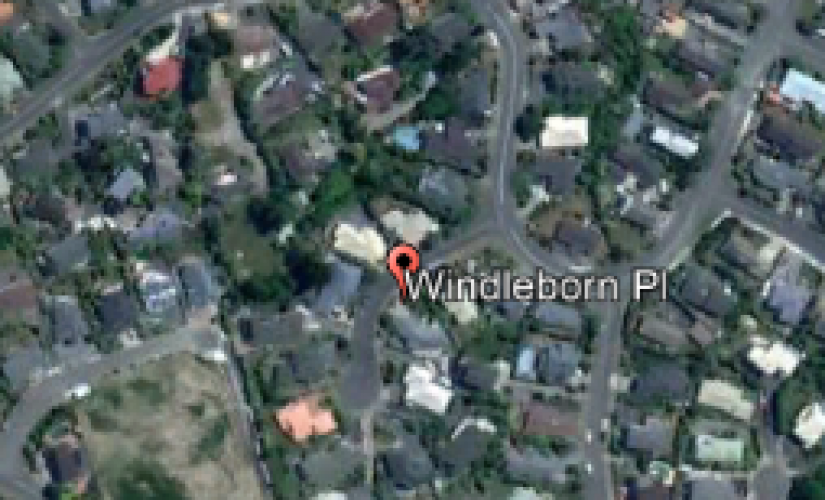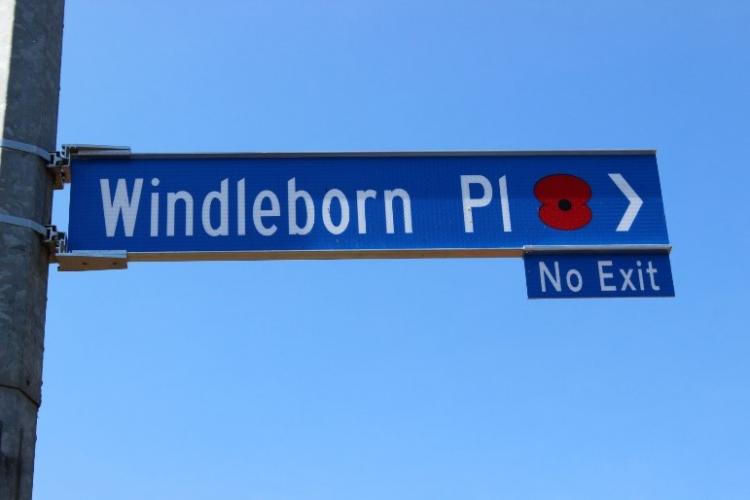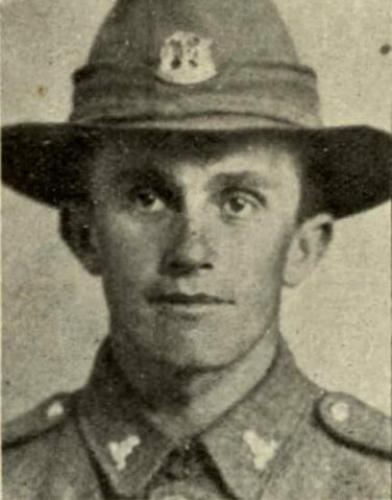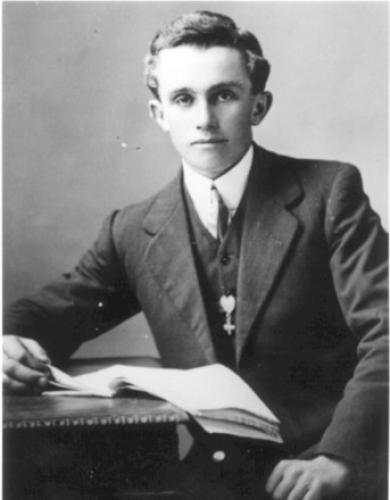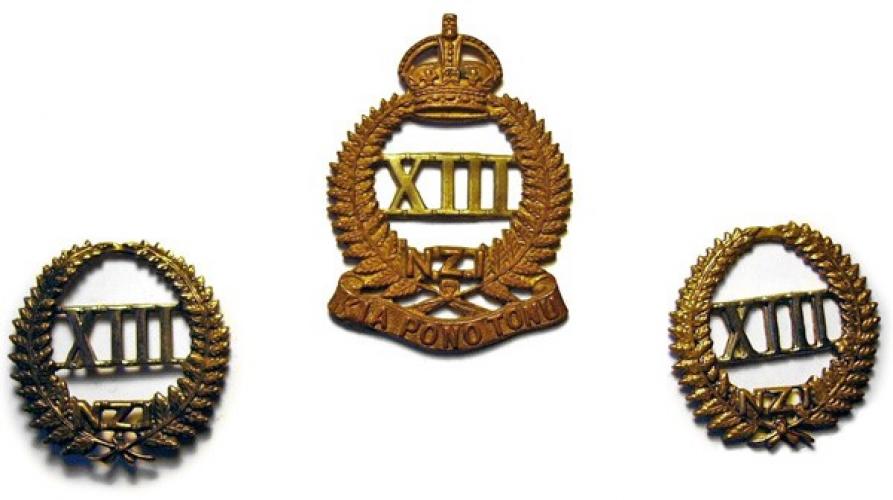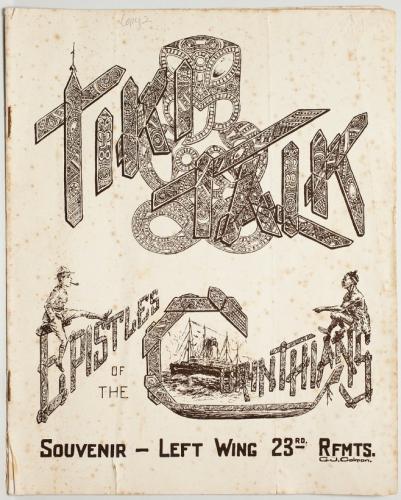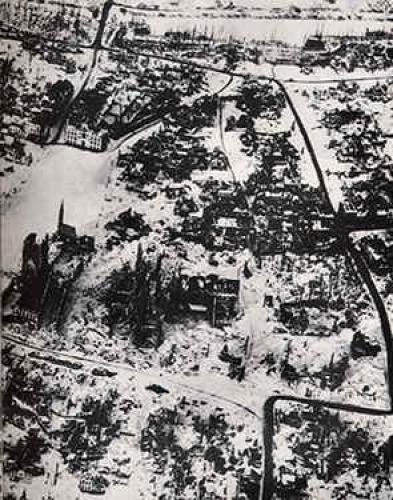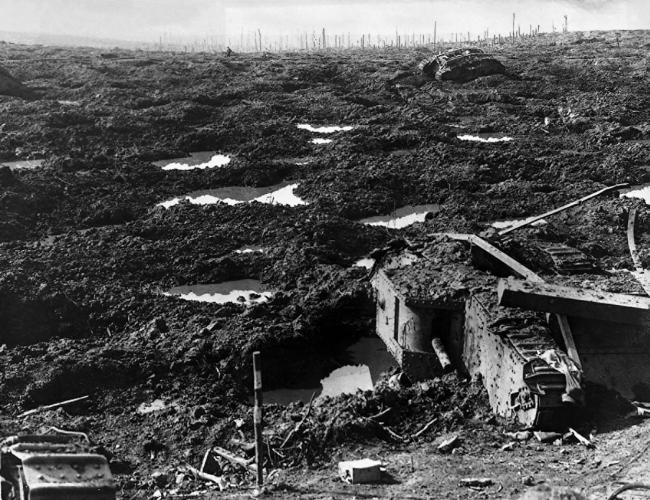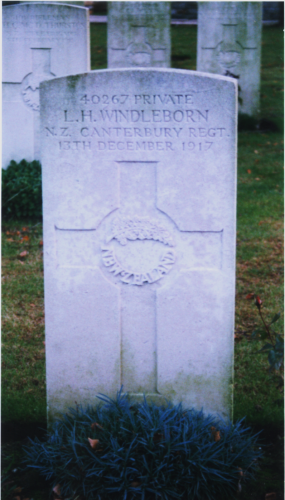249 Wimbleborn Place Richmond, street scene 2019
Reason for the name
This street in Richmond is named in honour of Private Lewis Henry Windleborn Canterbury Infantry Regiment, 2nd Battalion, 13th (North Canterbury and Westland) Company who lost his life in World War 1 on 13 December 1917.
Fallen servicemen have been remembered across Tasman district in various ways including the naming of streets and buildings, the planting of trees and the installation of monuments. In conjunction with the 100-year anniversary of the signing of the armistice that ended the fighting between Germany and the Allies during World War I, Tasman District Council installed new street signs acknowledging the service of fallen soldiers from Richmond. The move comes after the Richmond Waimea RSA asked the council to take part in the Poppy Places project by adding poppies to street signs named after fallen soldiers.
Richmond Waimea RSA president Ross Norgate and Tasman District Council’s Megan Bell managed the project. Tasman mayor Richard Kempthorne said the council was proud to be part of the project.
Author: The Poppy Places Trust
Lewis was born on 5 October 1894. He was registered as a Anglican. His Next of Kin was Mrs H. Windleborn (mother), Waimea West, Nelson. Prior to 13 November 1916 Lewis resided at Waimea Westas a farmer
40267 Private Lewis Henry Windleborn enlisted on 13 November 1916 Age 22, he joined the Canterbury Infantry Regiment, 2nd Battalion, 13th (North Canterbury and Westland) Company and embarked for World War I in Europe on the Western Front. He embarked NZ on HMNZT 80 Vessel was Corinthic 02 Apr 1917 and arrived 10 June 1917 at Plymouth, Devon. Lewis was promoted to Lance Corporal 23rd Reinforcements, Canterbury Infantry Regiment, C Company NZEF but was returned to Private on 10 June 1917.
Lewis was killed in action on 13 December 1917 Age 24 and is buried in Polygon Wood Cemetery, Zonnebeke, West-Vlaanderen, Belgium F. 15. He was awarded the British War Medal (1914-1920) and the Victory Medal.
Lewis was killed in action at Ypres, Belgium The Belgian city of Ypres is synonymous with the First World War. Ypres gave its name to three major battles: First Ypres (19 October - 22 November 1914), Second Ypres (21 April - 25 May 1915) and Third Ypres (31 July - 10 November 1917). The severe casualties suffered in the area made Ypres a focus for post-war remembrance. Lewis was killed a month after the third battle. The modern historiography of the Battles of Ypres remains firmly grounded in the official histories produced by Britain, France and Germany soon after the war. Recent studies have emphasised the multi-national nature of the battles, which at various times involved Australian, Belgian, Canadian, Indian, New Zealand, North African, South African and West African soldiers. The historiography of Third Ypres remains especially controversial. Modern work emphasises the complexity of the battle but stands divided on whether the British Army conducted the offensive in an appropriate fashion.


